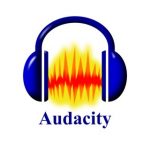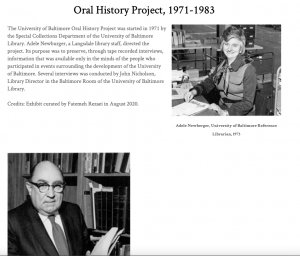Introduction
This guide outlines how to conduct an online oral history project with an institutional focus in a classroom.
Conducting an oral history project enables students to engage in a real history research project that improves their research, writing, communication, and listening comprehension skills and abilities. The students will be able to better understand the past and recognize that examining the past events is not always straightforward, and each story provides an intimate portrait of the past that is unlikely to be revealed otherwise. This guide can be used in a public history course as a final term project to be completed over the course of the semester. However, given the ubiquity of oral history projects, a wide range of faculty teaching various relevant classes can use this guideline to add a similar project to their course design. Further, any individuals (e.g., students) interested in such projects can benefit from the guidelines outlined here in their individual efforts. Two keys to a successful oral history project are planning and preparation. The information, steps, and resources included in this guide will assist the students in their planning and preparation and will help ensure a successful learning experience. [1]
- The linked images to Audacity, Zoom, and The University of Baltimore's Oral History Projects demonstrate oral history tools and and examples. ↵


